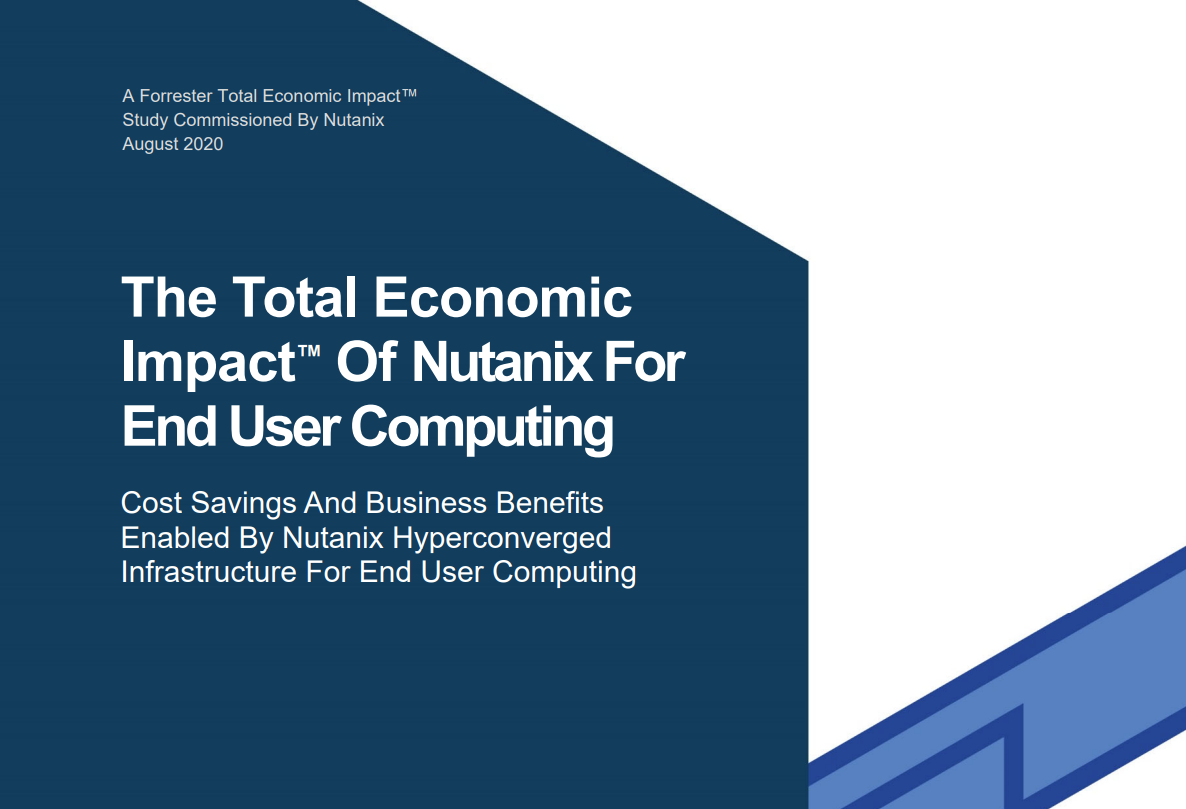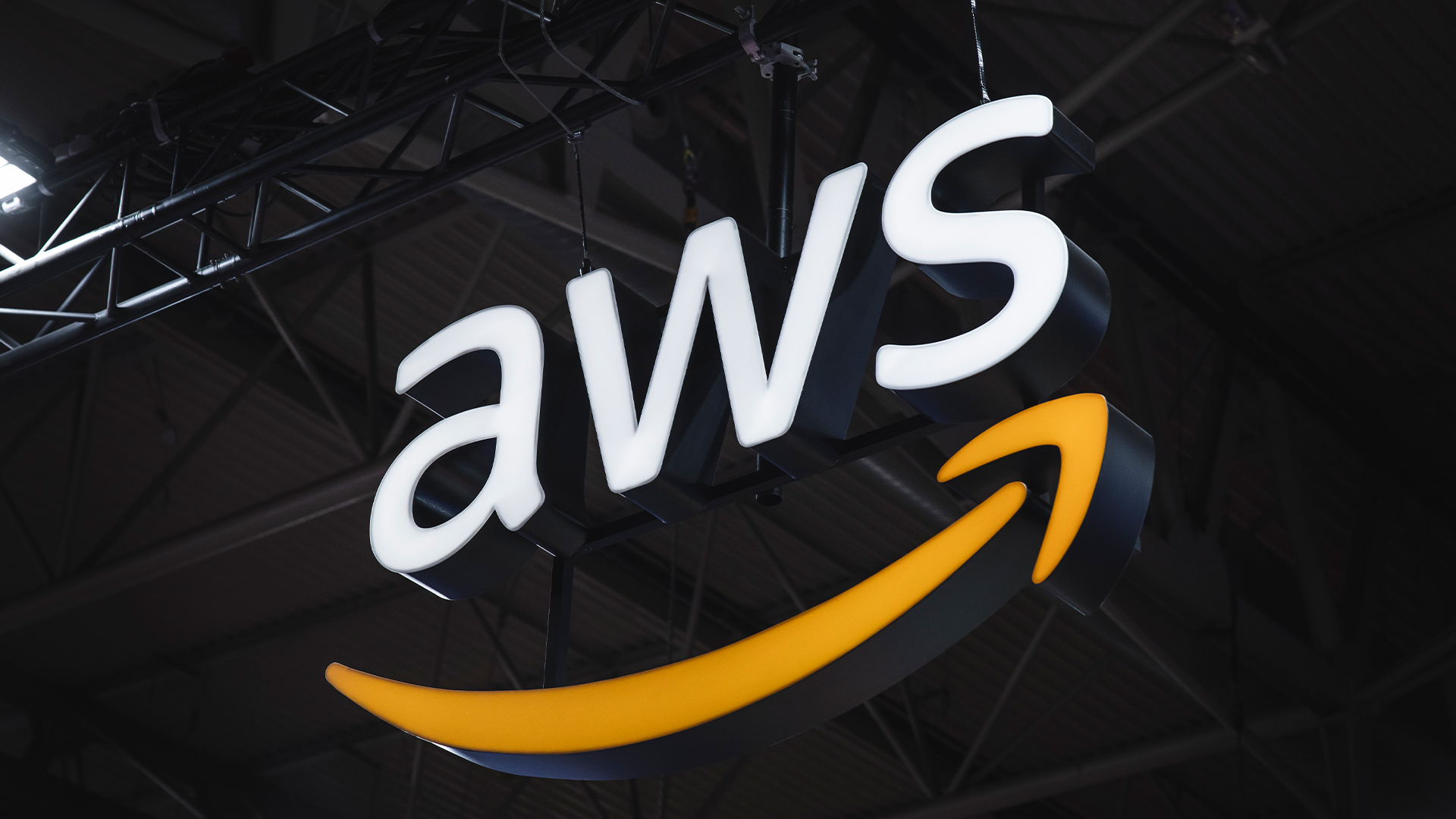Five business benefits of hyperconvergence
As the technology matures, what are the benefits of using hyperconverged systems?

Hyperconverged infrastructure (HCI) has been garnering attention in the enterprise for a number of years for its wide range of benefits.
HCI works by gathering each of a data centre’s fundamental components – including storage, networking, compute, backup, and so on – and combining them into pre-packaged units controlled and managed by one central piece of software, making it differ from more traditional systems.
HCI's simplicity of deployment is one of the big attractions for CIOs, plus the ease of management and the readily available, uniform scaling it provides. Enterprises can even choose to work with a single vendor for ease of implementation. Research from Gartner predicted that by the end of 2020, more than 90% of organisations will be using some kind of a hybrid infrastructure for their IT deployment and services.
In wider terms, this equates to operational efficiency and reduced costs, both of which are particularly vital when considering how enterprises are emerging from the COVID-19 crisis into turbulent economies. Moreover, it's also critical as businesses become increasingly data-driven, requiring more technology and computing power to meet their information demands.
Adoption of hyperconverged infrastructure
Given the many benefits, why isn’t HCI being more widely implemented?
Though it's true HCI adoption is growing quickly due to the pre-existing prevalence of traditional systems, it still lags some way behind. COVID-related uncertainty also plays a factor. Displacing current infrastructure for HCI may at present seem an unnecessary risk. Furthermore, what HCI truly means is continuing to evolve. Vendors now wish to supplant every legacy platform with a neatly integrated hyperconverged stack.
But as the technology begins to settle down and organisations start to adjust to the post-pandemic new normal, there is little doubt that the rate of adoption will pick up. The Spiceworks 2020 State of IT report found that HCI adoption is expected to double in 2021, particularly with large enterprises that typically have greater resources dedicated to IT operations and want to use them more effectively.
Get the ITPro daily newsletter
Sign up today and you will receive a free copy of our Future Focus 2025 report - the leading guidance on AI, cybersecurity and other IT challenges as per 700+ senior executives
So, if hyperconvergence is becoming more readily accepted in the enterprise, what benefits can it bring to businesses?
1. Workload consolidation
Hyperconverged systems bring together core storage, networking, and compute functionality into a single, highly virtualised solution.
The ability to consolidate multiple IT functions such as backup, deduplication, and WAN optimisation into the same platform is the most appealing reason to use hyperconverged infrastructure, according to the Enterprise Strategy Group's survey. With hyperconverged infrastructure, all workloads fall under the same umbrella, making it easier to migrate VMs between different appliances, or even between data centres.
Over the past few years, hyperconverged infrastructure (HCI) products have developed to support workloads beyond virtualised desktop infrastructure and back-office applications, as businesses have grown more confident in the reliability and adaptability of these products.
2. Flexibility and scale
Because hyperconvergence is based on software, it is able to provide superior levels of flexibility and agility to businesses when compared to legacy infrastructure. Hyperconverged infrastructure takes a 'LEGO' block approach to data centre scalability; each HCI appliance is a self-contained unit which is designed from the ground up to include every type of hardware resource a data centre needs and to maximise compatibility.
This allows expansion of data centre capacity by simply bolting on an additional unit or two, rather than specifically provisioning, configuring and deploying more storage or compute capacity.
Rather than creating complex update plans each time expansion is needed, or adding additional costly components, businesses can simply add another node to the environment. This enables a step up to the next level of infrastructure in small increments.
3. Data protection
Hyperconverged infrastructure is also beneficial when it comes to data efficiency and storage. Snapshotting, data deduplication and other data protection features are often built in as standard, making disaster recovery efforts much easier. The software-defined nature of HCI also means that organisations can use public cloud storage as a target for backups.
HCI offers higher resiliency than traditional legacy systems, too. The scale-out model relies on data being spread across multiple nodes throughout the data centre, or even between data centres in different geographical locations. This distributed model means that when an appliance (or even a whole rack) goes down, performance and availability doesn't suffer as a result.
As tighter regulations such as the GDPR come in around the world, it will become even more important to take all possible steps to protect data. In a hyperconverged system, backup and disaster recovery are built in as a part of the infrastructure, making data protection more efficient and affordable.
4. Automated infrastructure
Many legacy IT infrastructures are so varied and complex that automation has been impossible. But hyperconverged infrastructure works on the principles of the software-defined data centre (SDDC), where everything - including storage, servers and supporting services - is virtualised. This means that automation of routine operations is achievable when centralised management tools are implemented, such as scheduling.
Software enables administrators to quickly deploy cloud infrastructure, eliminate manual time-consuming tasks like provisioning storage, and automates complex processes from patching to upgrading.
IT no longer need to worry about implementing hardware from different manufacturers or product lines. Everything is included in one unified environment.
5. Greater efficiency
An increase in automation also leads to an overall increase in efficiency, which means businesses are able to stay agile and competitive.
With everything hosted in one place and IT teams only having to work with one vendor, in addition to the many automated daily operations like resource provisioning, IT teams save time across the board. This frees them up to focus on more complex issues and give the business better value for its money.
"This is particularly crucial in the age of public cloud, where businesses seek competitive advantage through the wide flexibility of public cloud services," says Christian Perry, research manager for IT Infrastructure at 451 Research. "But whatever their level of public cloud workload migration, most organisations retain some level of on-premises IT."
RELATED RESOURCE

The total economic impact of Nutanix for end user computing
Cost savings and business benefits enabled by Nutanix HCI for end user computing
Hyperconverged infrastructure also reduces data and operational costs without any major disruptions to business operations.
With less equipment required to run this software-based system, it has a much lower cost of entry compared with legacy infrastructure and is cheaper to support and maintain.
Hosted all in one unified environment, HCI makes it easy to add new features by simply pushing out releases as they come rather than replacing components. And with HCI, cost savings begin at procurement; rather than purpose-built external storage arrays and fibre channel networking, it uses industry-standard components such as commodity servers and 10Gb Ethernet, which are already integrated and configured.
Perry puts emphasis on the cost savings an organisation can achieve through deploying HCI because it will avoid overprovisioning like it would with a standalone, complex infrastructure.
"It is in the best interest of businesses to support IT in the modernisation of their environments,” he says, “to become more cloudlike, and hyperconverged is a relatively easy step in that direction. Increasingly, hyperconverged is seen as a - if not the - catalyst in on-premises digital transformation that builds the base of software-defined IT."
This article was originally published in 2018 and has since been updated to include more relevant information.
-
 Bigger salaries, more burnout: Is the CISO role in crisis?
Bigger salaries, more burnout: Is the CISO role in crisis?In-depth CISOs are more stressed than ever before – but why is this and what can be done?
By Kate O'Flaherty Published
-
 Cheap cyber crime kits can be bought on the dark web for less than $25
Cheap cyber crime kits can be bought on the dark web for less than $25News Research from NordVPN shows phishing kits are now widely available on the dark web and via messaging apps like Telegram, and are often selling for less than $25.
By Emma Woollacott Published
-
 Google shakes off tariff concerns to push on with $75 billion AI spending plans – but analysts warn rising infrastructure costs will send cloud prices sky high
Google shakes off tariff concerns to push on with $75 billion AI spending plans – but analysts warn rising infrastructure costs will send cloud prices sky highNews Google CEO Sundar Pichai has confirmed the company will still spend $75 billion on building out data centers despite economic concerns in the wake of US tariffs.
By Nicole Kobie Published
-
 Cisco wants to capitalize on the ‘DeepSeek effect’
Cisco wants to capitalize on the ‘DeepSeek effect’News DeepSeek has had a seismic impact, and Cisco thinks it has strengths to help businesses transition to AI-native infrastructure
By Solomon Klappholz Published
-
 CoreWeave’s first two UK data centers are now operational
CoreWeave’s first two UK data centers are now operationalNews The company's European plans for this year also include new facilities in Norway, Sweden, and Spain
By Emma Woollacott Published
-
 AWS eyes ‘flexible’ data center expansion with $11bn Georgia investment
AWS eyes ‘flexible’ data center expansion with $11bn Georgia investmentNews The hyperscaler says the infrastructure will power cloud computing and AI growth
By Nicole Kobie Published
-
 Future-proofing operations
Future-proofing operationsWhitepaper The Foundational Role of IT Infrastructure and Connectivity Solutions in Achieving Business KPIs
By ITPro Published
-
 Quantitative analysis of a prefabricated vs. traditional data center
Quantitative analysis of a prefabricated vs. traditional data centerWhitepaper Apples to apples cost analysis between data centre types
By ITPro Published
-
 Battery technology for single phase UPS systems: VRLA vs. Li-ion
Battery technology for single phase UPS systems: VRLA vs. Li-ionWhitepaper An overview of li-ion batteries in comparison to VRLA batteries for singlephase UPS applications
By ITPro Published
-
 Architecting enterprise networks for the next decade
Architecting enterprise networks for the next decadeWhitepaper A new paradigm in network architecture
By ITPro Published